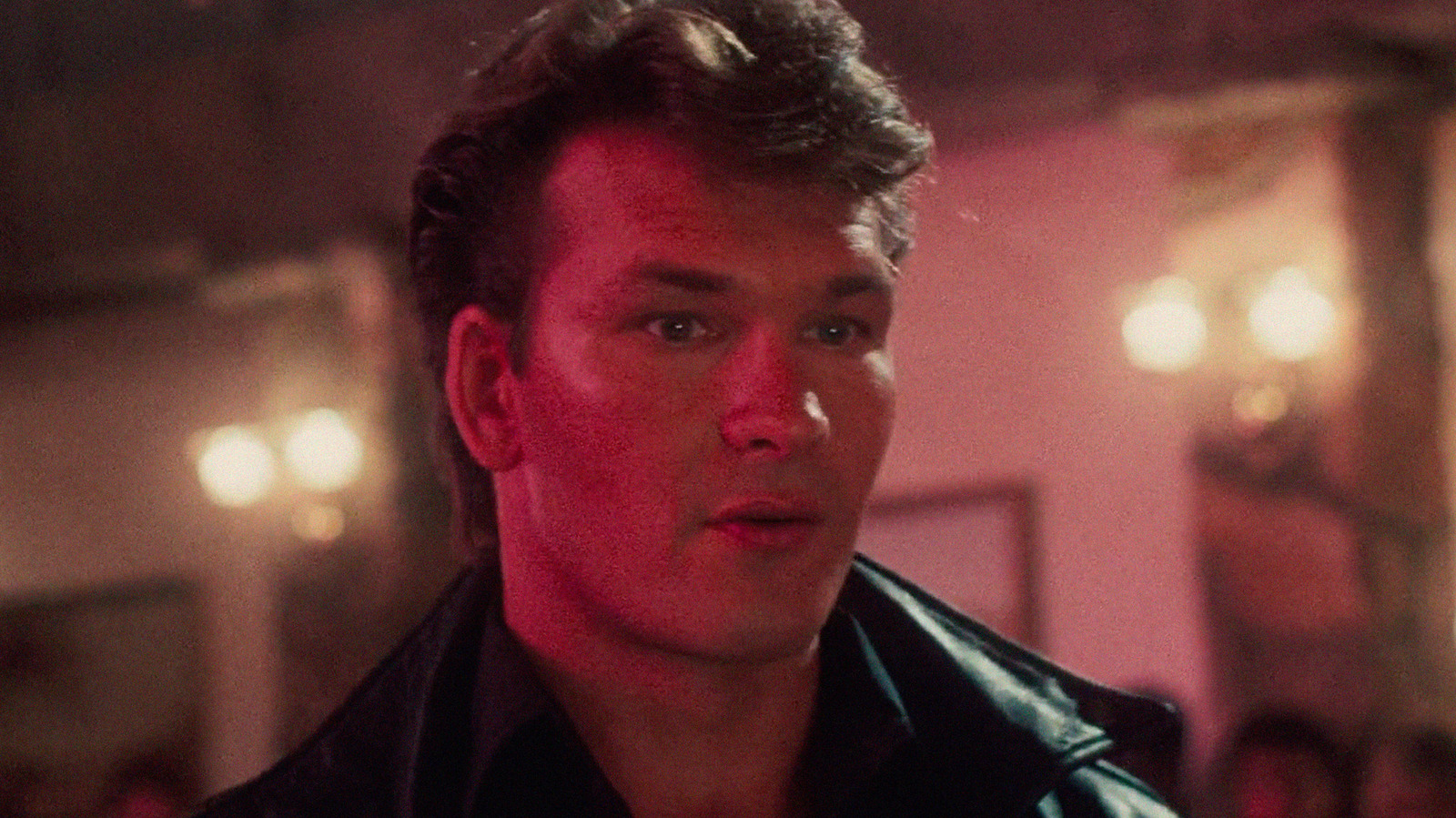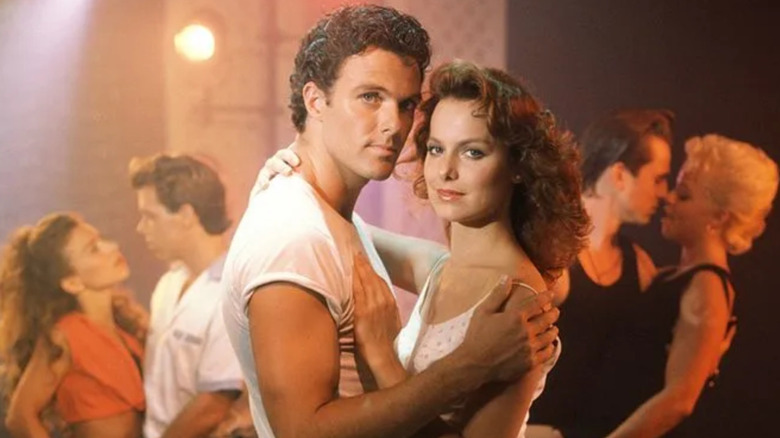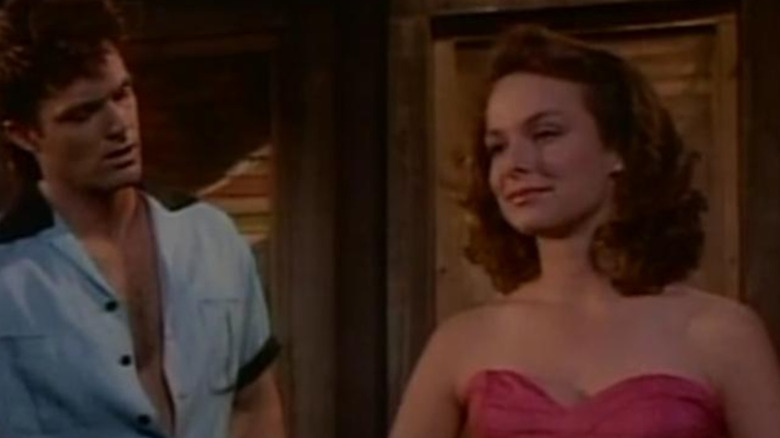trying to get people back onto the floor with a TV series adapted from the popular film. “Dirty Dancing” would only run for 11 episodes back in the fall of 1988 and early 1989, before the franchise lay dormant for some years, waiting for someone to remember this random little spin-off.
If you’ve been following TV history for any length of time, you know that a popular movie spawning a TV spinoff isn’t exactly uncommon; in fact, it happens quite a bit. The big problem for studios and networks is that these continuations of a popular brand rarely attract the same large-scale audience that their big-screen counterparts do, and that leads to early cancellations and hesitancy to do it all again.
“Dirty Dancing” from 1988 cleanly fits into this mold, and has a leg-up on some of the other additions to this category of spin-off show, because the story of the original movie is very straightforward in most regards: a love story with some killer dancing segments. But even those clear advantages had hidden thorns that the creators of “Dirty Dancing” never really considered. Namely, the fact that the dancing can be excellent, but if the original cast isn’t attached, the new spin-off might be a hard sell for audiences out there expecting to see Patrick Swayze cutting a rug in their living rooms.
And that’s just one of the ways viewer reception can end up being a little dicey for TV adaptations of hit movies.



